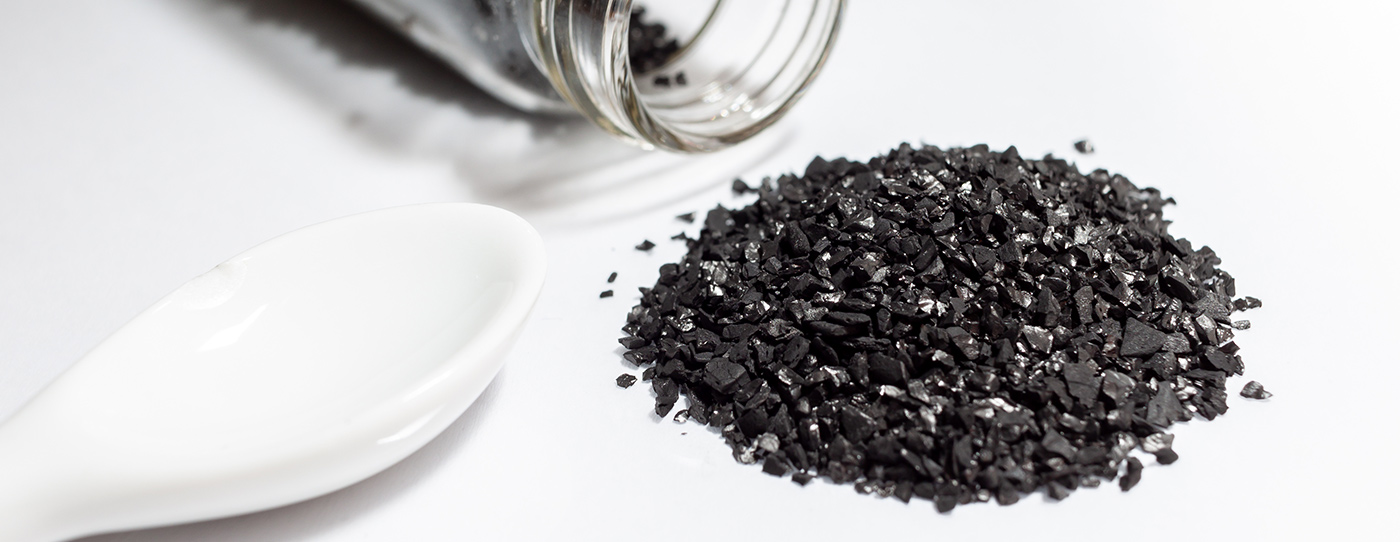
The Chemical Power of Innovation: What is a Catalyst?
The chemical industry plays a fundamental role in the production of the products we use in our daily lives. Enhancing the efficiency of chemical production, a crucial supplier to industries ranging from pharmaceuticals and cosmetics to food and fuel, can be a challenging task. Catalysts play a key role in making chemical production more efficient.
So what is a catalyst, how does it work, and what benefits does it offer in increasing productivity? We've provided answers to all of these questions. Let's explore them together.
What is a catalyst?
Catalysts are substances that initiate and accelerate chemical reactions. They are generally preferred for reactions that require high temperature and pressure to take place under lower conditions. Let's take a look around us to understand catalysts more easily. For example, bread, which is frequently found on our tables, is produced by combining flour with yeast. The natural enzymes in yeast act as catalysts and trigger chemical reactions. Thus, flour turns into bread. In addition, the enzymes in our body also ensure the realisation of reactions that may occur at high temperatures. The transformation of milk into yoghurt and petrol into plastic also occurs through chemical reactions.
How do catalysts work?
For a chemical reaction to begin, molecules must reach a certain energy level, which can be a challenging process. Catalysts step in to facilitate this by ensuring the optimal arrangement of reacting molecules, making it easier to reach the required energy level. Catalysts also lower the energy needed to break or form chemical bonds, leading to faster and more efficient reactions.
“Catalysts also lower the energy needed to break or form chemical bonds, leading to faster and more efficient reactions.”

Let us explain with an example. Consider the reaction between two chemical substances, A and B, to produce new substances, C and D. Initially, a high energy level is needed for the reaction to commence. However, as molecules A and B approach each other, the reaction doesn't initiate due to their low energy levels. This is where the catalyst intervenes, reducing the energy needed by promoting interactions between the molecules. As a result, the molecules can react more readily and efficiently.
Generally, it is known as the catalysts retain their structure and can be reused. However, in reality the catalyst might be poisoned and/or deactivated due to the harsh conditions of the reaction medium. Therefore, the stability and life-time of the catalyst is very important for the industrial applications to contribute to the economic and sustainable progress of reactions. Within this scope, innovative catalyst research and studies are continuing without slowing down.
What are the types of catalysts?
Catalysts can be classified in different ways for various chemical reactions. They are typically categorized into two main types: heterogeneous and homogeneous.
Heterogeneous catalysts
Heterogeneous catalysts are typically used to accelerate reactions occurring between a solid substance and a gas or liquid. They influence the process by coming into contact with the substances involved in the reaction. They are also preferred for purposes such as reducing air pollution, accelerating fuel conversion, and improving the production of chemical products. Automotive catalysts in the exhaust systems of vehicles serve as an example of this type. Automotive catalysts enable substances in exhaust gases to undergo reactions on a metal surface, making them less harmful.
Homogeneous catalysts
Unlike heterogeneous catalysts, homogeneous catalysts are catalysts that can be in the same phase as the substances involved in the reaction. They are commonly employed in laboratory research focused on organic synthesis and chemical reactions. Because they remain unchanged during the reaction and can be reused, they contribute to a faster and more efficient process.
What are the advantages of catalysts in terms of efficiency?
Catalysts can support sustainability and efficiency with the various benefits they provide to production processes.
Accelerated reactions
They accelerate chemical reactions, enabling products to be produced faster. In this way, they save energy and time, while increasing the capacity of industrial processes.
Lower energy use
The fact that reactions take place with lower energy can help reduce energy consumption and losses in the production process. This increases productivity and makes industrial processes more environmentally friendly and economical.
Waste minimisation
They help to reduce by-products and waste generated as a result of production. In particular, they lead the way in reducing the environmental impact of production.
In summary, catalysts can be viewed as tools that initiate and accelerate chemical reactions, making them occur with less energy and greater ease. They hold a crucial place in enhancing efficiency in both industrial production and laboratory research.
At SOCAR Türkiye, we are conducting efforts to increase efficiency in our production processes. We prioritize recycling projects aiming to reduce the carbon footprint for a sustainable world.We work with universities and industry to carry out projects, ensuring industrial waste into value-added fuels and chemicals. One of our projects is "Development of a Catalyst for the Synthesis of Dimethyl Ether (DME) from Carbon Dioxide", which we carry out together with İzmir Institute of Technology (İYTE).
Under the leadership of SOCAR Türkiye R&D and Innovation Center, we develop new catalyst recipes and test their performance to convert the carbon dioxide released into the atmosphere from Petkim plants into dimethyl ether (DME), a valuable chemical and alternative fuel. Through the project results, we aim to inspire many sectors, particularly high energy users, with a focus on sustainable technologies.
Our R&D and Innovation Centre also develops solutions to the plastic wastes. Our team proceeds another project titled 'Development of Raw Materials Suitable for Refinery and Petrochemical Inputs from Waste Polyolefins' project, carried out in cooperation with METU. In this project, we aim to develop highly efficient catalysts for the conversion of plastic waste into raw materials suitable for the petrochemical industry using chemical methods. We continue to work today for a better tomorrow, fueled by our energy.